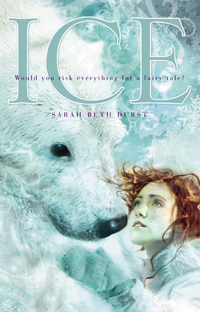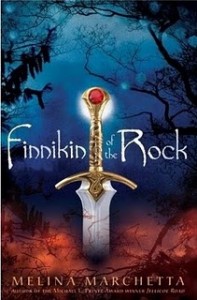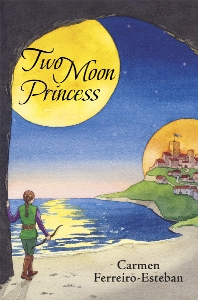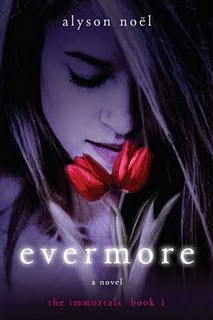Cassie has spent her life knowing two things: polar bears and ice. It’s because she grew up with her father at a remote research station in northern Alaska. One other thing she knows, from being told: her mother was the daughter of the North Wind, and she was residing in the troll castle in exchange for defying the North Wind and having a daughter (who she promised would marry the Polar Bear King). Cassie figured it was just a fancy way for her dad and grandmother to tell her that her mother had died.
Until, on her 18th birthday, she discovers that the story was really true: she encounters Bear, who comes to take her to his castle and marry her.
Thus begins Sarah Beth Durst’s latest book, a modern adaptation of the fairy tale East of the Sun, West of the Moon. There have been other adaptations of this tale, but Durst takes it in a couple of new and intriguing directions. First, by setting it in the modern day, it makes the fairy tale end of it seem more surreal. There aren’t supposed to be talking bears or magic in our modern, scientific world. Durst makes this work by introducing a vaguely religious aspect to the book: Bear and his kind are munasqri: beings who have powers to capture the souls of the dying polar bears and put them into the newborns of the creatures they oversee. It’s an intriguing concept: one that allows for magic without making things overly fairy-tale-ish.
The other thing I found interesting was that the marriage between the main character and the bear takes place near the beginning of the book, rather than being the reward for finding the bear. The basic elements of the tale are there, except that Cassie is married — and pregnant — for most of the book. It adds something more to the book; it’s almost more believable that Cassie would go to the ends of the earth and beyond for her husband rather than someone she just discovered she loved (though there’s some of that, too), especially because she’s carrying their baby. As a mother and a wife that particularly touched me. I’m not sure how much teens would find it interesting, but I did appreciate it for the picture of a loving, healthy relationship.
Durst opts for a more quiet tone than in her previous two books. There is no supreme adventure, or a race against evil — though interestingly enough, evil takes a similar form in this one as it did in both of her other books. No, it’s a quest, a journey in the traditional sense: Cassie is searching for her husband, questing to prove to herself that the impossible can be done, learning that she can do what she thought she could — both physically and emotionally — and overcome all in the end.
An excellent addition to this fairy tale’s adaptations.
Rated: Mild, for mild swearing and a tasteful sex scene between a husband and wife.




